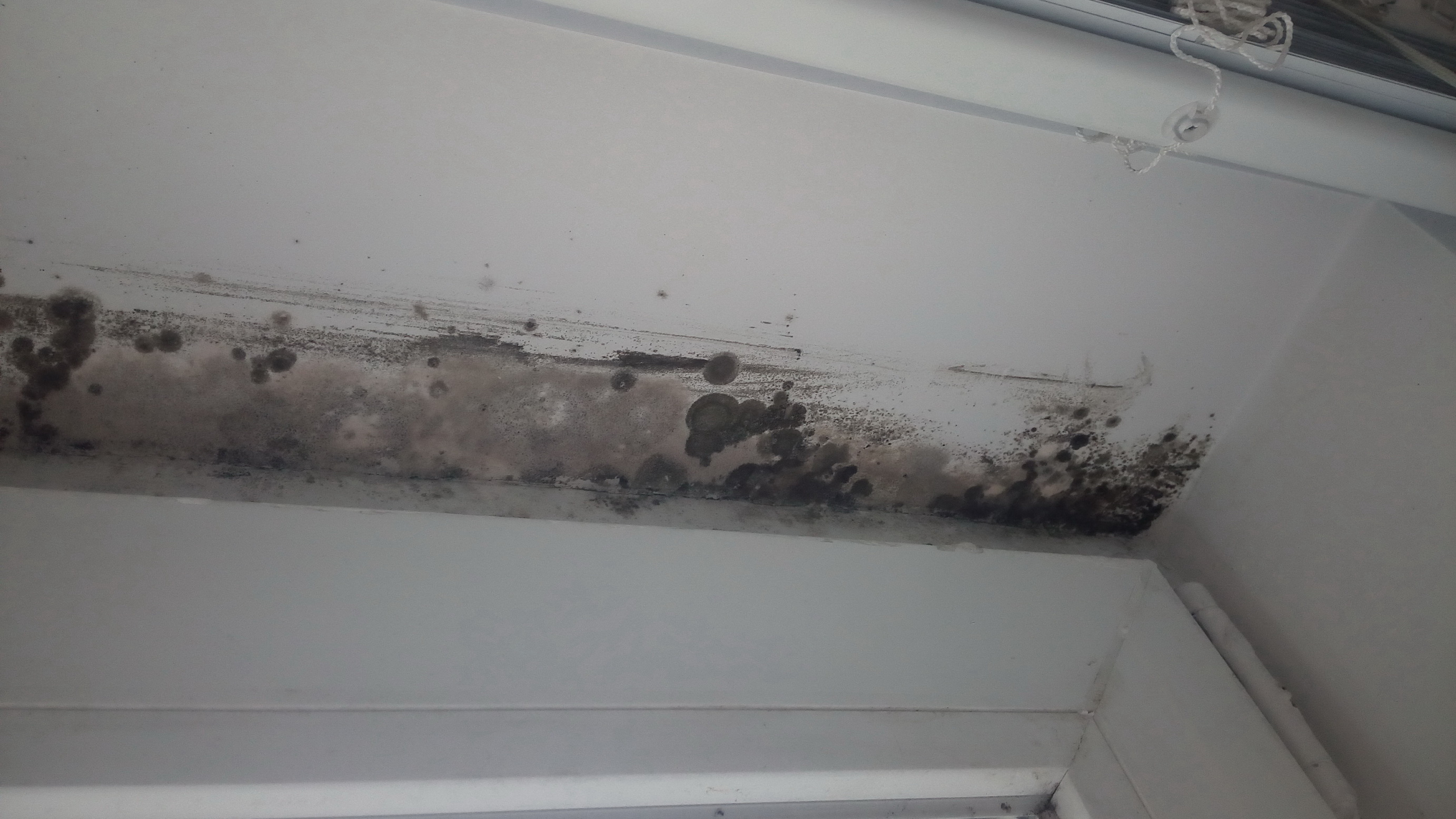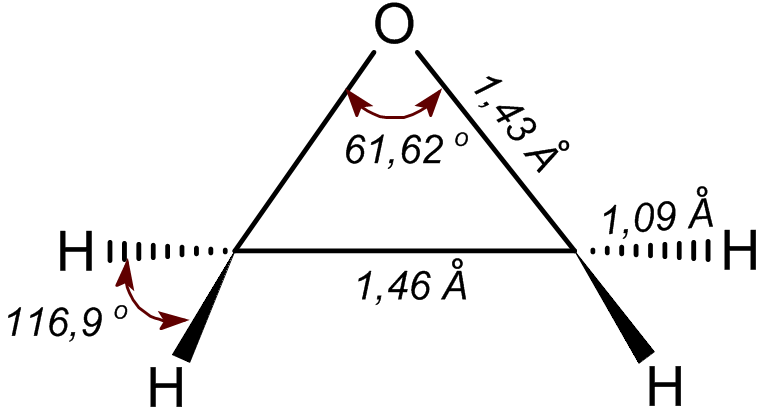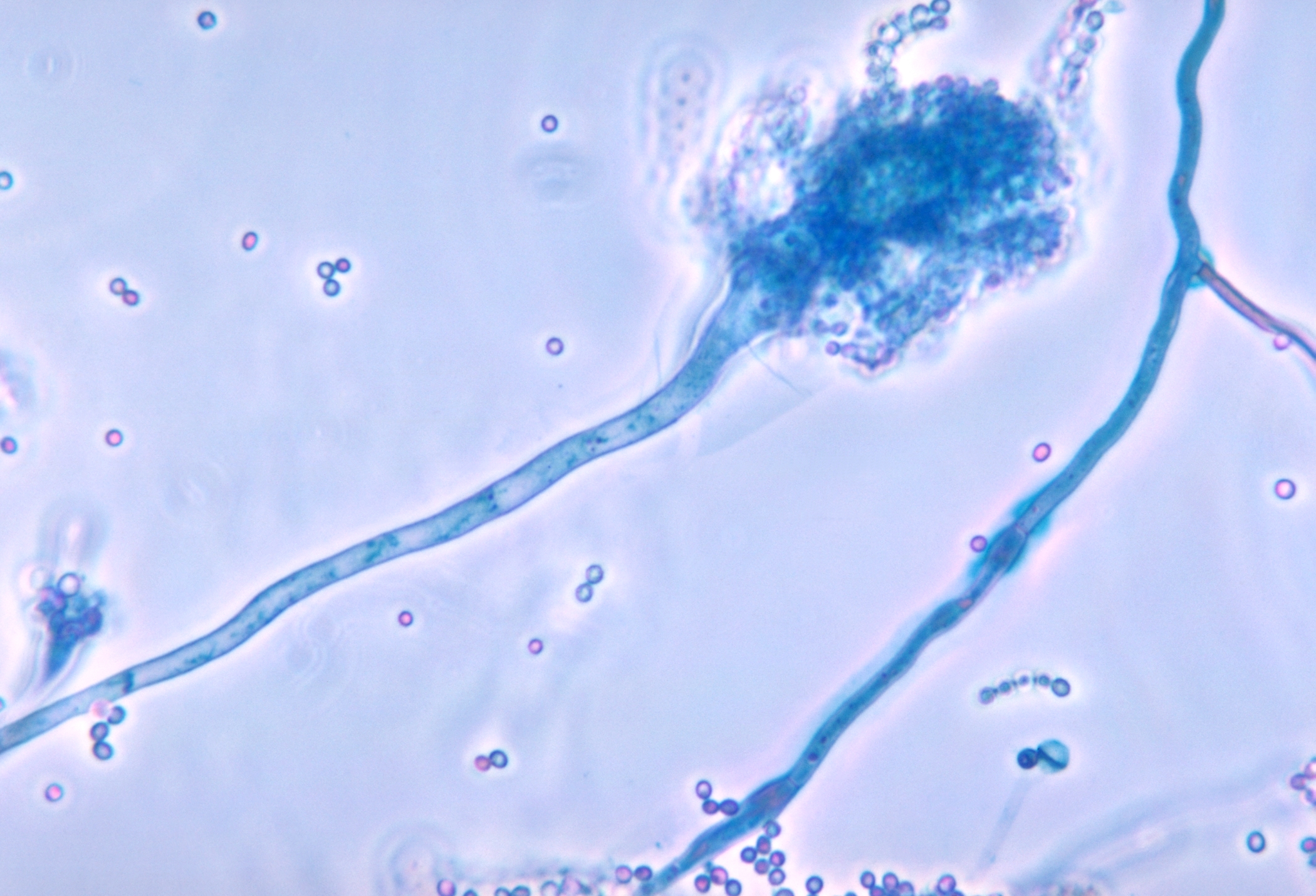|
Mold Control And Prevention (library And Archive)
Mold control and prevention is a conservation activity that is performed in libraries and archives to protect books, documents and other materials from deterioration caused by mold growth. Mold prevention consists of different methods, such as chemical treatments, careful environmental control, and manual cleaning. Preservationists use one or a combination of these methods to combat mold spores in library and archival collections. Due to the resilient nature of mold and its potential for damage to library collections, mold prevention has become an important activity among preservation librarians. Although mold is naturally present in both indoor and outdoor environments, under the right circumstances it can become active after being in a dormant state. Mold growth responds to increased moisture, high humidity, and warm temperatures. Library collections are particularly vulnerable to mold since mold thrives off of organic, cellulose-based materials such as paper, wood, and textile ... [...More Info...] [...Related Items...] OR: [Wikipedia] [Google] [Baidu] |
Newsprint
Newsprint is a low-cost, non-archival paper consisting mainly of wood pulp and most commonly used to print newspapers and other publications and advertising material. Invented in 1844 by Charles Fenerty of Nova Scotia, Canada, it usually has an off white cast and distinctive feel. It is designed for use in printing presses that employ a long web of paper ( web offset, letterpress and flexographic), rather than individual sheets of paper. Newsprint is favored by publishers and printers as it is relatively low cost (compared with paper grades used for glossy magazines and sales brochures), strong (to run through modern high-speed web printing presses) and can accept four-color printing at qualities that meet the needs of typical newspapers. Invention Charles Fenerty began experimenting with wood pulp around 1838, making his discovery in 1844. On October 26, 1844, Fenerty took a sample of his paper to Halifax's top newspaper, the '' Acadian Recorder'', where he had written a ... [...More Info...] [...Related Items...] OR: [Wikipedia] [Google] [Baidu] |
Mold Growth, Assessment, And Remediation
Mold (American English) or mould (British English), also sometimes referred to as mildew, is a fungal growth that develops on wet materials. Mold is a natural part of the environment and plays an important part in nature by breaking down dead organic matter such as fallen leaves and dead trees; indoors, mold growth should be avoided. Mold reproduce by means of tiny spores. The spores are like seeds, but invisible to the naked eye, that float through the air and deposit on surfaces. When the temperature, moisture, and available nutrient conditions are correct, the spores can form into new mold colonies where they are deposited. There are many types of mold, but all require moisture and a food source for growth. Health effects Mold is ubiquitous, and mold spores are a common component of household and workplace dust. In large amounts they can lead to mold health issues to humans, potentially causing allergic reactions and respiratory diseases. Mycotoxins Some mold produce myco ... [...More Info...] [...Related Items...] OR: [Wikipedia] [Google] [Baidu] |
Ultraviolet Light
Ultraviolet (UV) is a form of electromagnetic radiation with wavelength from 10 nm (with a corresponding frequency around 30 PHz) to 400 nm (750 THz), shorter than that of visible light, but longer than X-rays. UV radiation is present in sunlight, and constitutes about 10% of the total electromagnetic radiation output from the Sun. It is also produced by electric arcs and specialized lights, such as mercury-vapor lamps, tanning lamps, and black lights. Although long-wavelength ultraviolet is not considered an ionizing radiation because its photons lack the energy to ionize atoms, it can cause chemical reactions and causes many substances to glow or fluoresce. Consequently, the chemical and biological effects of UV are greater than simple heating effects, and many practical applications of UV radiation derive from its interactions with organic molecules. Short-wave ultraviolet light damages DNA and sterilizes surfaces with which it comes into conta ... [...More Info...] [...Related Items...] OR: [Wikipedia] [Google] [Baidu] |
Freeze Drying
Freeze drying, also known as lyophilization or cryodesiccation, is a low temperature Food drying, dehydration process that involves freezing the product and lowering pressure, removing the ice by Sublimation (phase transition), sublimation. This is in contrast to dehydration by most conventional methods that evaporate water using heat. Because of the low temperature used in processing, the rehydrated product retains much of its original qualities. When solid objects like strawberries are freeze dried the original shape of the product is maintained. If the product to be dried is a liquid, as often seen in pharmaceutical applications, the properties of the final product are optimized by the combination of excipients (i.e., inactive ingredients). Primary applications of freeze drying include biological (e.g., bacteria and yeasts), biomedical (e.g., surgical transplants), food processing (e.g., coffee) and Food preservation, preservation. History The Inca were freeze drying potato ... [...More Info...] [...Related Items...] OR: [Wikipedia] [Google] [Baidu] |
Print Permanence
Print permanence refers to the longevity of printed material, especially photographs, and preservation issues. Over time, the optical density, color balance, lustre, and other qualities of a print will degrade. The rate at which deterioration occurs depends primarily on two main factors: the print itself, that is, the colorants used to form the image and the medium on which image resides, and the type of environment the print is exposed to. Inkjet prints For inkjet prints, pigment-based inks last generally longest when used with specific paper types, whereas dye-based inks can be optimal on more types of paper. Ink-jet paper types include swellable paper, porous paper, and cotton rag paper. Chromogenic color prints (silver halide prints) The longevity of images on chromogenic color photographic papers depends on the temperature and relative humidity of the storage environment, and on the total light exposure they receive. Older chromogenic papers undergo more rapid fading compa ... [...More Info...] [...Related Items...] OR: [Wikipedia] [Google] [Baidu] |
University Of Oklahoma
, mottoeng = "For the benefit of the Citizen and the State" , type = Public research university , established = , academic_affiliations = , endowment = $2.7billion (2021) , president = Joseph Harroz Jr. , provost = André-Denis G. Wright , faculty = 2,937 , students = 28,564 (Fall 2019) , undergrad = 22,152 (Fall 2019) , postgrad = 6,412 (Fall 2019) , city = Norman , state = Oklahoma , country = United States , campus = Midsize Suburb/College Town, , colors = Crimson and cream , nickname = Sooners , sporting_affiliations = NCAA Division I FBS: , mascot = Sooner Schooner , website = , logo = University of Oklahoma logo.svg , accreditation ... [...More Info...] [...Related Items...] OR: [Wikipedia] [Google] [Baidu] |
Chlorine Dioxide
Chlorine dioxide is a chemical compound with the formula ClO2 that exists as yellowish-green gas above 11 °C, a reddish-brown liquid between 11 °C and −59 °C, and as bright orange crystals below −59 °C. It is usually handled as an aqueous solution. It is also commonly used as a bleach. More recent developments have extended its applications in food processing and as a disinfectant. Structure and bonding The molecule ClO2 has an odd number of valence electrons, and therefore, it is a paramagnetic radical. It is an unusual "example of an odd-electron molecule which is stable towards dimerization" (nitric oxide being another example). In 1933, Lawrence O. Brockway, a graduate student of Linus Pauling, proposed a structure that involved a three-electron bond and two single bonds. However, Pauling in his ''General Chemistry'' shows a double bond to one oxygen and a single bond plus a three-electron bond to the other. The valence bond structu ... [...More Info...] [...Related Items...] OR: [Wikipedia] [Google] [Baidu] |
2-Phenylphenol
2-Phenylphenol, or ''o''-phenylphenol, is an organic compound. In terms of structure, it is one of the monohydroxylated isomers of biphenyl. It is a white solid. It is a biocide used as a preservative with E number E231 and under the trade names Dowicide, Torsite, Fungal, Preventol, Nipacide and many others. Uses The primary use of 2-phenylphenol is as an agricultural fungicide. It is generally applied post-harvest. It is a fungicide used for waxing citrus fruits. It is no longer a permitted food additive in the European Union, but is still allowed as a post-harvest treatment in 4 EU countries. It is also used for disinfection of seed boxes. It is a general surface disinfectant, used in households, hospitals, nursing homes, farms, laundries, barber shops, and food processing plants. It can be used on fibers and other materials. It is used to disinfect hospital and veterinary equipment. Other uses are in rubber industry and as a laboratory reagent. It is also used in the m ... [...More Info...] [...Related Items...] OR: [Wikipedia] [Google] [Baidu] |
Thymol
Thymol (also known as 2-isopropyl-5-methylphenol, IPMP), , is a natural monoterpenoid phenol derivative of ''p''-Cymene, isomeric with carvacrol, found in oil of thyme, and extracted from '' Thymus vulgaris'' (common thyme), ajwain, and various other plants as a white crystalline substance of a pleasant aromatic odor and strong antiseptic properties. Thymol also provides the distinctive, strong flavor of the culinary herb thyme, also produced from ''T. vulgaris''. Thymol is only slightly soluble in water at neutral pH, but it is extremely soluble in alcohols and other organic solvents. It is also soluble in strongly alkaline aqueous solutions due to deprotonation of the phenol. Its dissociation constant ( p''K''a) is . Thymol absorbs maximum UV radiation at 274 nm. Chemical synthesis Thymol is produced by the alkylation of ''m''-cresol and propene: : History Ancient Egyptians used thyme for embalming. The ancient Greeks used it in their baths and burned ... [...More Info...] [...Related Items...] OR: [Wikipedia] [Google] [Baidu] |
Ethylene Oxide
Ethylene oxide is an organic compound with the formula . It is a cyclic ether and the simplest epoxide: a three-membered ring consisting of one oxygen atom and two carbon atoms. Ethylene oxide is a colorless and flammable gas with a faintly sweet odor. Because it is a strained ring, ethylene oxide easily participates in a number of addition reactions that result in ring-opening. Ethylene oxide is isomeric with acetaldehyde and with vinyl alcohol. Ethylene oxide is industrially produced by oxidation of ethylene in the presence of silver catalyst. The reactivity that is responsible for many of ethylene oxide's hazards also makes it useful. Although too dangerous for direct household use and generally unfamiliar to consumers, ethylene oxide is used for making many consumer products as well as non-consumer chemicals and intermediates. These products include detergents, thickeners, solvents, plastics, and various organic chemicals such as ethylene glycol, ethanolamines, simple an ... [...More Info...] [...Related Items...] OR: [Wikipedia] [Google] [Baidu] |
Mold Health Issues
Mold health issues refer to the harmful health effects of molds ("moulds" in British English) and their mycotoxins. However, recent research has shown these adverse health effects are caused not exclusively by molds, but also other microbial agents and biotoxins associated with dampness, mold, and water-damaged buildings, such as gram-negative bacteria that produce endotoxins, as well as actinomycetes and their associated exotoxins. Approximately 47% of houses in the United States have substantial levels of mold, with over 85% of commercial and office buildings found to have water damage predictive of mold. As many as 21% of asthma cases may result from exposure to mold. Substantial and statistically significant increases in the risks of both respiratory infections and bronchitis have been associated with dampness in homes and the resulting mold. Molds and many related microbial agents are ubiquitous in the biosphere, and mold spores are a common component of household an ... [...More Info...] [...Related Items...] OR: [Wikipedia] [Google] [Baidu] |




